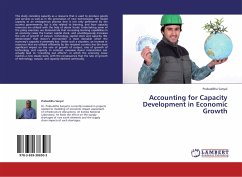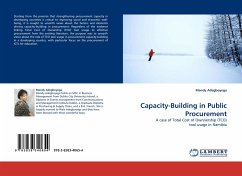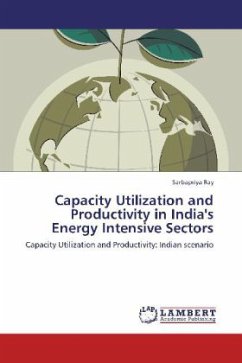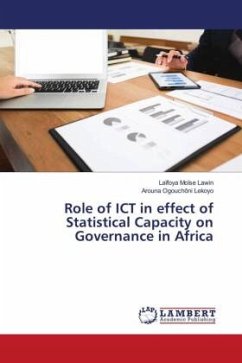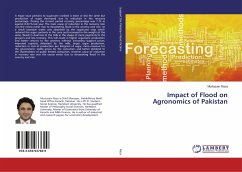This study considers capacity as a resource that is used to produce goods and services as well as in the generation of new technologies. We model capacity as an endogenous process that is not only generated by the country governments, but is also related to learning, and how capacity resources are utilized with the help of donor funds. Undertaking some of the policy exercises, we demonstrate that increasing learning capabilities in an economy raises the human capital stock, and unambiguously increases the rate of growth of output, technology, capital stock and capacity. We demonstrate that donor's intervention is most desirable when the economy's capacity is extremely low. Under such a situation, an increase in resources that are utilized efficiently by the recipient country has the most significant impact on the rate of growth of output, rate of growth of technology, and capacity. In contrast, excessive donor intervention can actually lead to "crowding out effects", in which theeconomy never reaches a new steady state, with the consequence that the rate of growth of technology, output, and capacity declines continually.
Bitte wählen Sie Ihr Anliegen aus.
Rechnungen
Retourenschein anfordern
Bestellstatus
Storno

